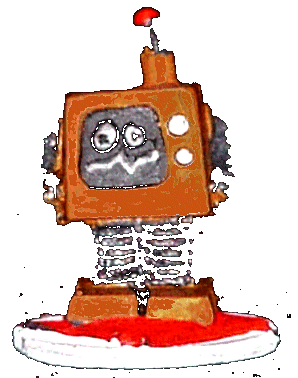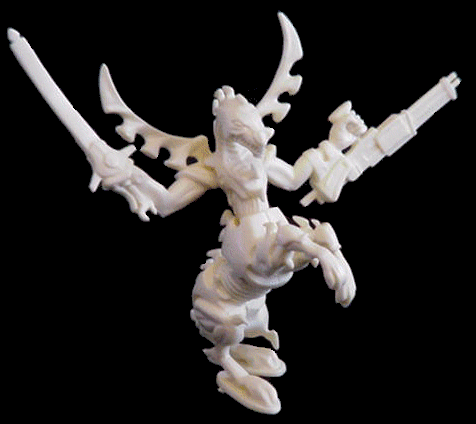|
Gameplay:
Players start at a specific
entry point on the board that matches their chosen color pawns. All
four pawns are placed in the entry space, just off of the main track of
the board. Players roll dice to see who plays first.
Note: You may notice variances
from the game you grew up with... different publishers of the game may
have slightly different rules even though the overall game is the same.
On each turn, two six sided
dice are rolled to move pawns. Play passes to the left.
A player may only enter a
pawn onto the board when they roll a five. The five may be on one die
or a combination of two dice. If double fives are rolled, two pawns
must be entered. Once entered, the pawn may move the rest of the spaces
allowed by the other die (if you have it available.)
Once a pawn is entered, it
may move around the board. It may move the number of spaces that are
rolled on one or both dice -- that is, you can break up your roll
between two pawns, but the spaces moved must mach the numbers on each
die.
After all four of a players
pawns are entered, if doubles are rolled (same number on both dice) --
the player may count 14 spaces and move up to all four of his men. The
14 comes from using the top and bottom numbers on the dice rolled, e.g.
two 6 and two 1. The catch is that all 14 spaces must be moved,
otherwise the die roll is forfeited!
An additional benefit of
rolling doubles is that you get to roll again. You may roll doubles two
times in a row and be okay, but rolling a third double in a row causes
you to move the pawn nearest to home (the goal) back to the start --
where it needs entered again. (Ouch!)
When two pawns of the same
color share the same space, this is called a blockade. No other pawns
from any player may pass the blockade. There is no time limit for
keeping a blockade in place. When a player moves a pawn out of the
blockade, the two pawns from the original blockade may not end up on
the same space to form a new blockade.
When a player's pawn lands
on a spot where a single opponent's pawn rests (by exact count of a die
roll), then the opponent's pawn is captured and sent back to the start
to be re-entered. For capturing a pawn, the player may move a bonus 20
spaces with one pawn -- if all 20 spaces cannot be moved by a single
pawn, the bonus is forfeited.
After having moved all the
way around the board, pawns enter a path to the center of the board
specific to their color. In this home path, they may not be captured.
To enter the center of the board (home) -- the pawn must arrive by
exact count of a die roll. The goal is to get all four of your pawns
home before any other player.
|


 Other Reviews
Other Reviews 